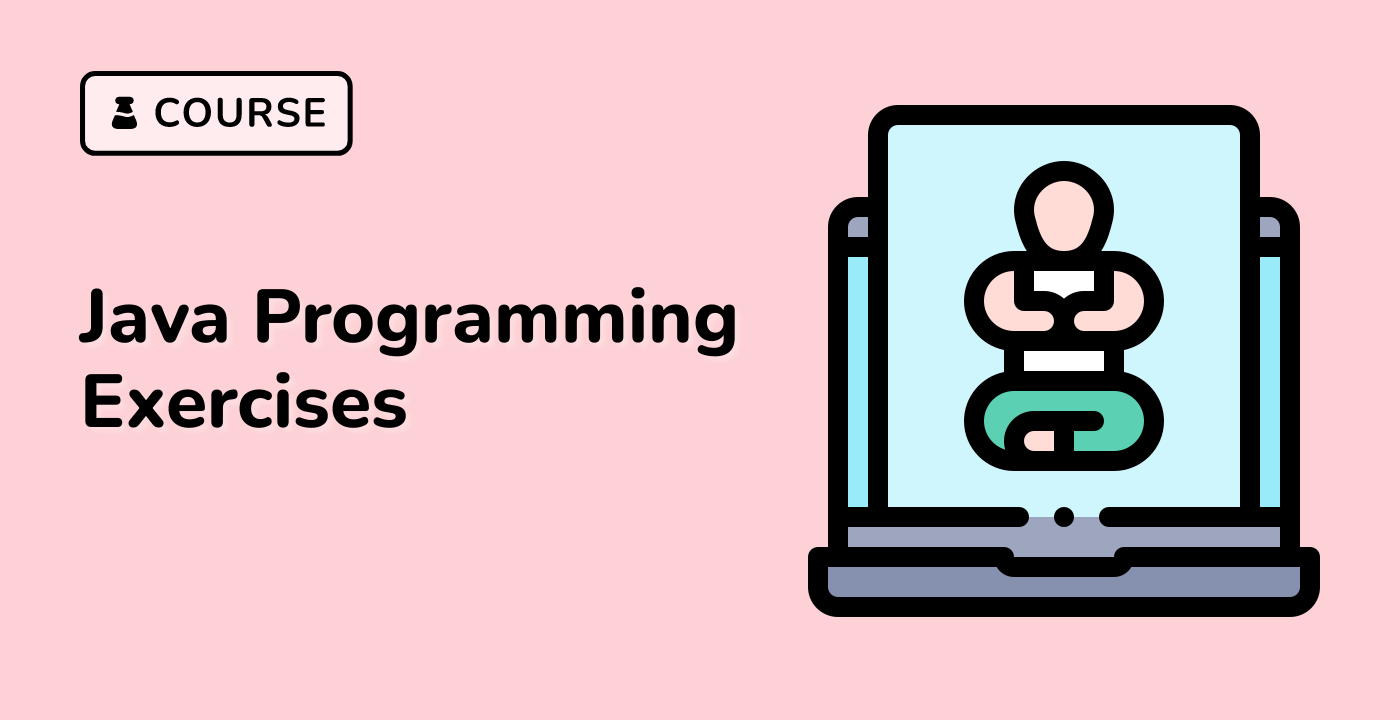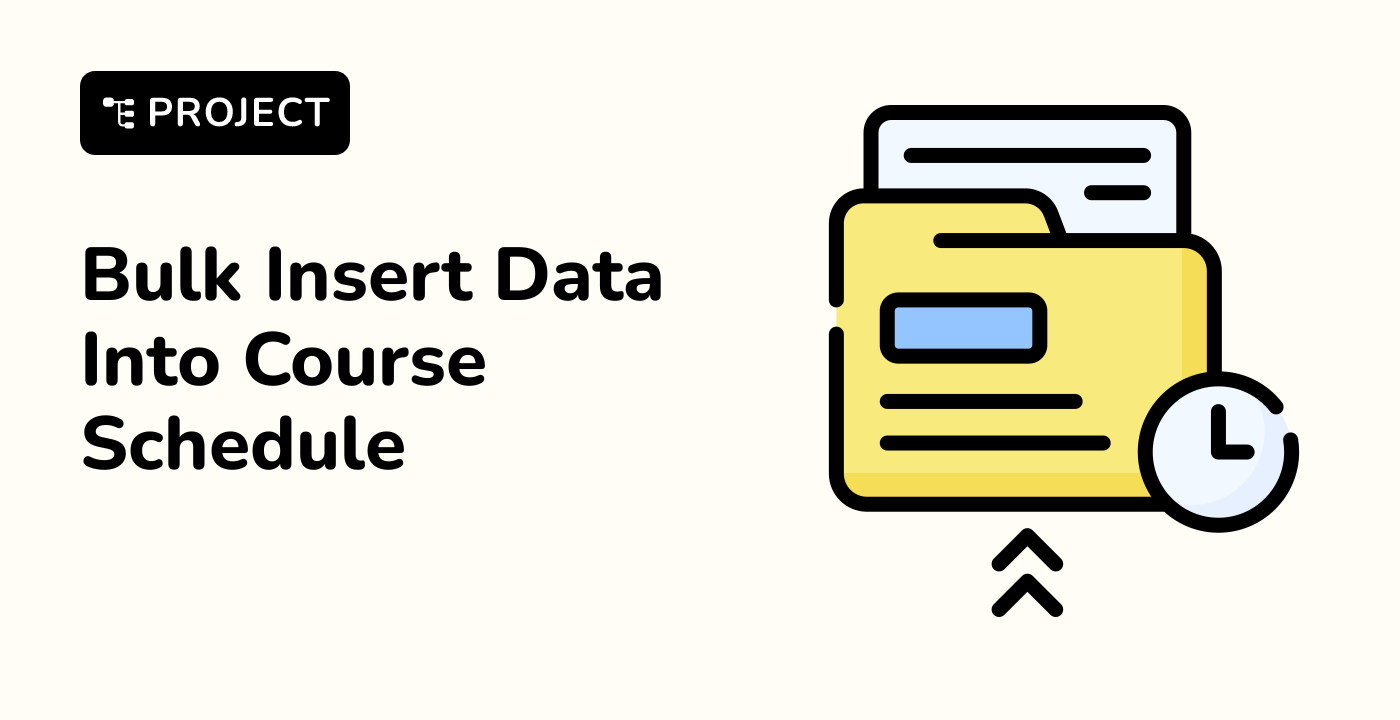Practical Array Operations
Common Array Manipulation Techniques
1. Array Initialization and Creation
// Multiple initialization methods
int[] numbers = new int[5]; // Zero-filled array
int[] predefinedArray = {1, 2, 3, 4, 5}; // Direct initialization
int[] copyArray = Arrays.copyOf(predefinedArray, 5); // Creating a copy
Array Operation Categories
| Operation Type |
Description |
Key Methods |
| Modification |
Changing array elements |
Arrays.fill(), direct assignment |
| Searching |
Finding elements |
Arrays.binarySearch(), Arrays.stream().filter() |
| Sorting |
Ordering elements |
Arrays.sort(), Collections.sort() |
| Transformation |
Converting arrays |
Arrays.stream(), Stream.of() |
Advanced Array Manipulation
Sorting Operations
public class ArraySortDemo {
public static void main(String[] args) {
int[] numbers = {5, 2, 9, 1, 7};
// Ascending sort
Arrays.sort(numbers);
// Descending sort with Stream API
int[] descendingNumbers = Arrays.stream(numbers)
.boxed()
.sorted(Comparator.reverseOrder())
.mapToInt(Integer::intValue)
.toArray();
}
}
Search and Filter Operations
graph TD
A[Array Search] --> B{Linear Search}
A --> C{Binary Search}
B --> D[Iterate through all elements]
C --> E[Requires sorted array]
B --> F[O(n) complexity]
C --> G[O(log n) complexity]
Practical Search Example
public class ArraySearchDemo {
public static void main(String[] args) {
int[] scores = {65, 72, 85, 90, 95};
// Binary search (requires sorted array)
int index = Arrays.binarySearch(scores, 85);
// Stream-based filtering
int[] highScores = Arrays.stream(scores)
.filter(score -> score > 80)
.toArray();
}
}
- Array Size Limitations
- Fixed-Size Constraint
- Performance Trade-offs
Memory Allocation Strategy
// Efficient array creation
int[] largeArray = new int[1000]; // Preallocated memory
Multidimensional Array Handling
public class MultiDimensionArrayDemo {
public static void main(String[] args) {
// 2D array declaration
int[][] matrix = {
{1, 2, 3},
{4, 5, 6},
{7, 8, 9}
};
// Nested iteration
for (int[] row : matrix) {
for (int value : row) {
System.out.print(value + " ");
}
System.out.println();
}
}
}
Best Practices
- Use appropriate data structures
- Consider memory efficiency
- Leverage Java Stream API
- Practice with LabEx coding exercises
Error Handling Strategies
public static int[] safeArrayOperation(int[] input) {
try {
// Perform array operations
return Arrays.stream(input)
.map(x -> x * 2)
.toArray();
} catch (NullPointerException e) {
return new int[0]; // Return empty array
}
}
- Prefer
System.arraycopy() over manual copying
- Use
Arrays.fill() for bulk initialization
- Minimize unnecessary array conversions
- Choose appropriate collection based on use case
By mastering these practical array operations, you'll develop more efficient and robust Java programming skills, enabling sophisticated data manipulation techniques.




